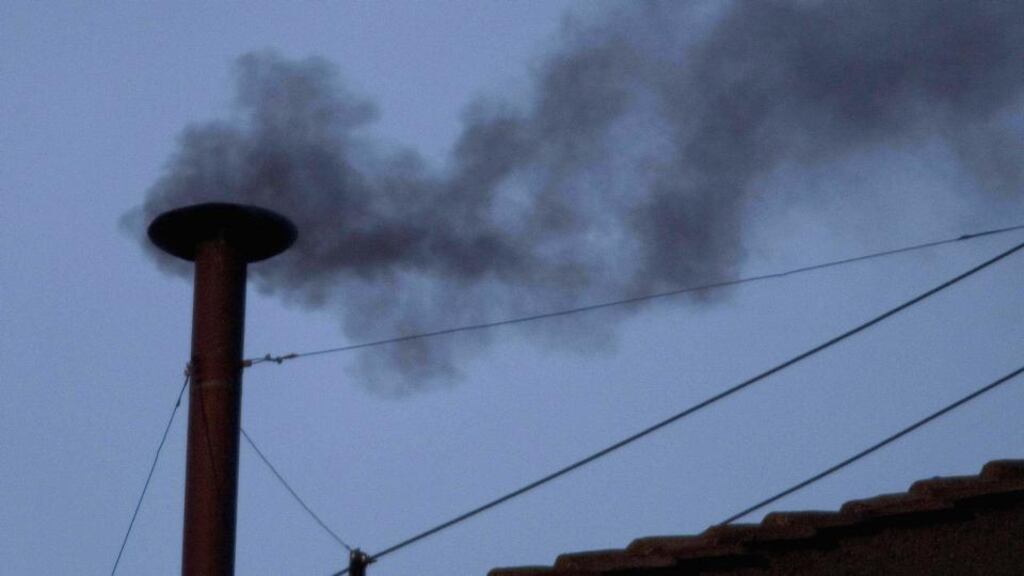“Surely they’ve got better tables than that in the Vatican?” said one US colleague when we got into the Sistine Chapel for a pre-conclave sneak preview.
The Cappella Sistina looked almost desecrated as it was prepared for the conclave. The most famous chapel in the world, decorated with the frescoed genius of Perugino, Botticelli and Michelangelo, looked more like a garden centre on a weekend morning.
Before a conclave, the interior of the chapel undergoes some serious changes. Most noticeably, the floor of the main section of the chapel, running up to the altar behind which looms Michelangelo's Last Judg ment , is raised.
A temporary wooden floor has been laid across the main body of the chapel to guarantee an even walking surface that is two feet higher than the existing floor.
Level playing pitch
After all, the average age of the 115 elector cardinals is 72 and not all are as steady on their pins as they used to be. The Sistine has many steps, so it was thought better to ensure as level a playing pitch as possible, physically and metaphorically.
That, at least, is one interpretation. Others say the false floor is in place to hide the sophisticated security and blocking devices that are part of the modern conclave. There is a manic insistence on secrecy, with all forms of computing and telecommunications devices banned. To ensure secrecy, signals are jammed.
Other changes to the chapel include the rows of plywood benches on which the cardinals sit. Such is their plainness that my US colleague wondered whether the Vatican could not come up with something better. When the benches are covered with heavy cloth in a dark wine colour, however, they look appropriately formal.
Tucked away in a bottom corner of the chapel is the famous stove which generates the smoke, white or black, to announce the result of a vote.
Those who have visited the Sistine and wondered why there was no sign of stove or chimney should fear not.
The stove and chimney are installed for each conclave and are removed following the election of a new pope.
Chemical additives
Indeed, two stoves are installed for conclaves these days. One, a cylindrical cast-iron affair, is used to burn the cardinals' ballot papers.
The other, introduced at the 2005 conclave, is used to make sure the smoke is discernibly black or white, thanks to some chemical additives. The two stoves feed smoke into one chimney.
The thousands in St Peter’s Square will nevertheless still be straining to work out the colour of the smoke coming from the chimney.
At a briefing over the weekend, papal spokesman Fr Federico Lombardi suggested the business of trying to identify the smoke colour correctly represents part of the suspense of a papal election.
For that reason, he said, he would not be sending out one of his celebrated BlackBerry messages as soon as the pope has been elected. Look upon the smoke, ye heathen hacks.
All is ready, then, for tomorrow afternoon’s first vote, after which the smoke over the Sistine will almost certainly be black.














